Confronting e-scooter myths
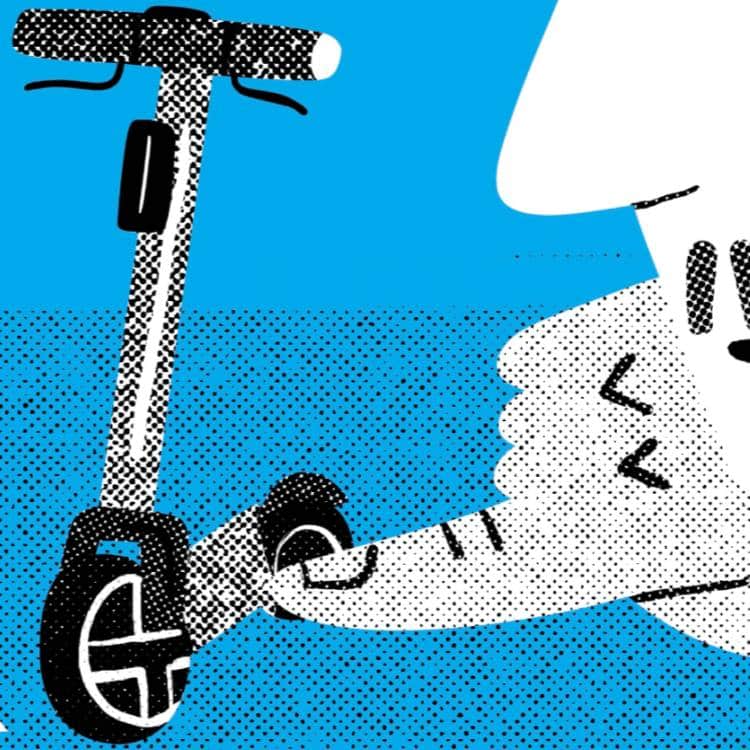
1 year ago

1 year ago

Myth 1:
“Shared e-scooters are uncontrolled”
Reality:
Shared e-scooters are the most regulated vehicles in our cities.
In collaboration with the cities we operate in, we can implement:
These measures aren’t in place on personal e-scooters, bikes, motorcycles or cars. Cities already regulating e-scooters include Berlin, Brussels, Helsinki, Lisbon, London, Madrid, Oslo, Rome, Stockholm, Warsaw.

Myth 2:
“E-scooters replace walking”
Reality:
The average shared
e-scooter trip is 2.8km,
compared to an average walking distance of 800m (3.5 times less) 1
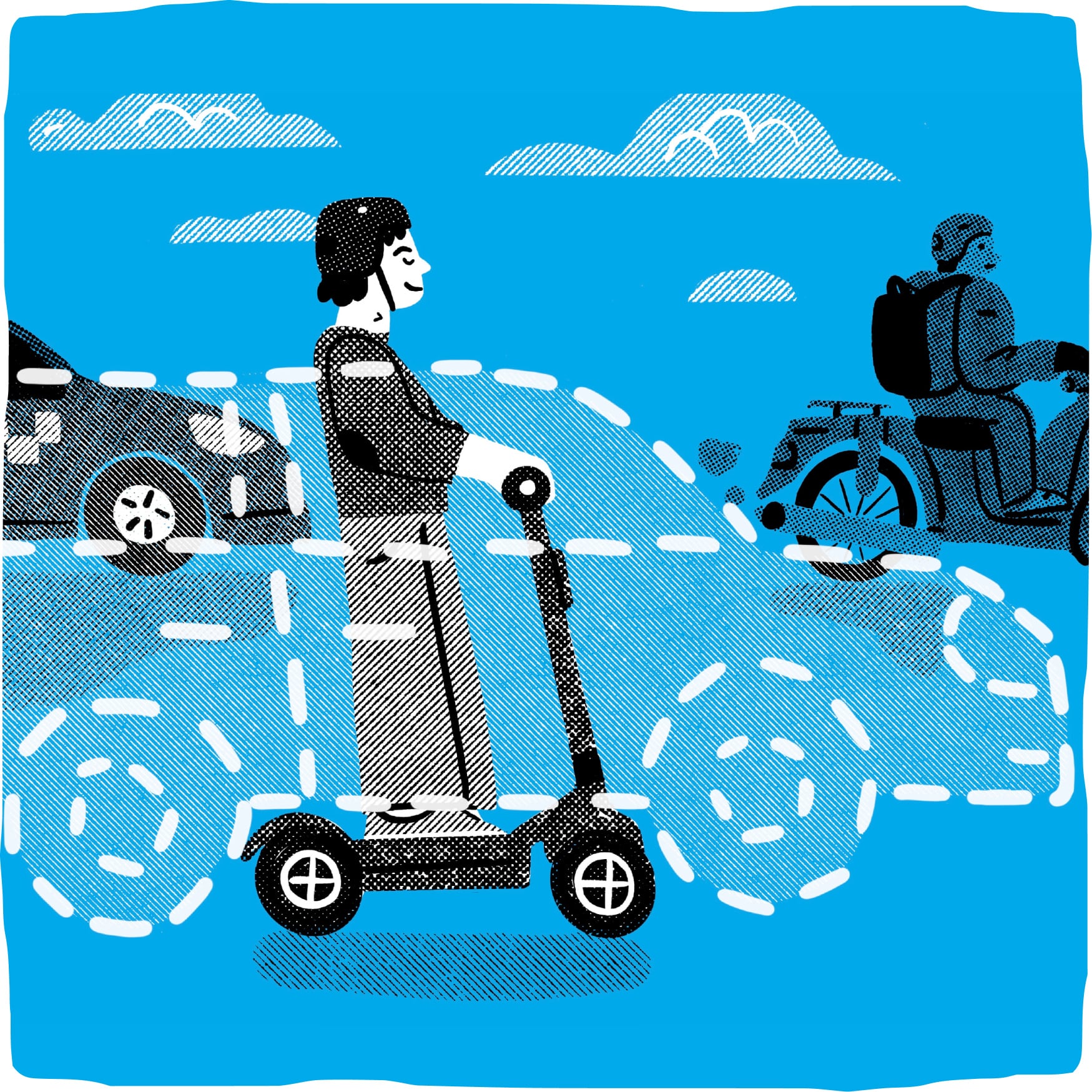
Myth 3:
“E-scooters do not replace cars or motor vehicles”
Reality:
19% of trips would have been with motor vehicles
including cars, taxis & motorcycles. 2
More than two thirds (69%) of Dott riders that previously used cars, say they are using them less. 3
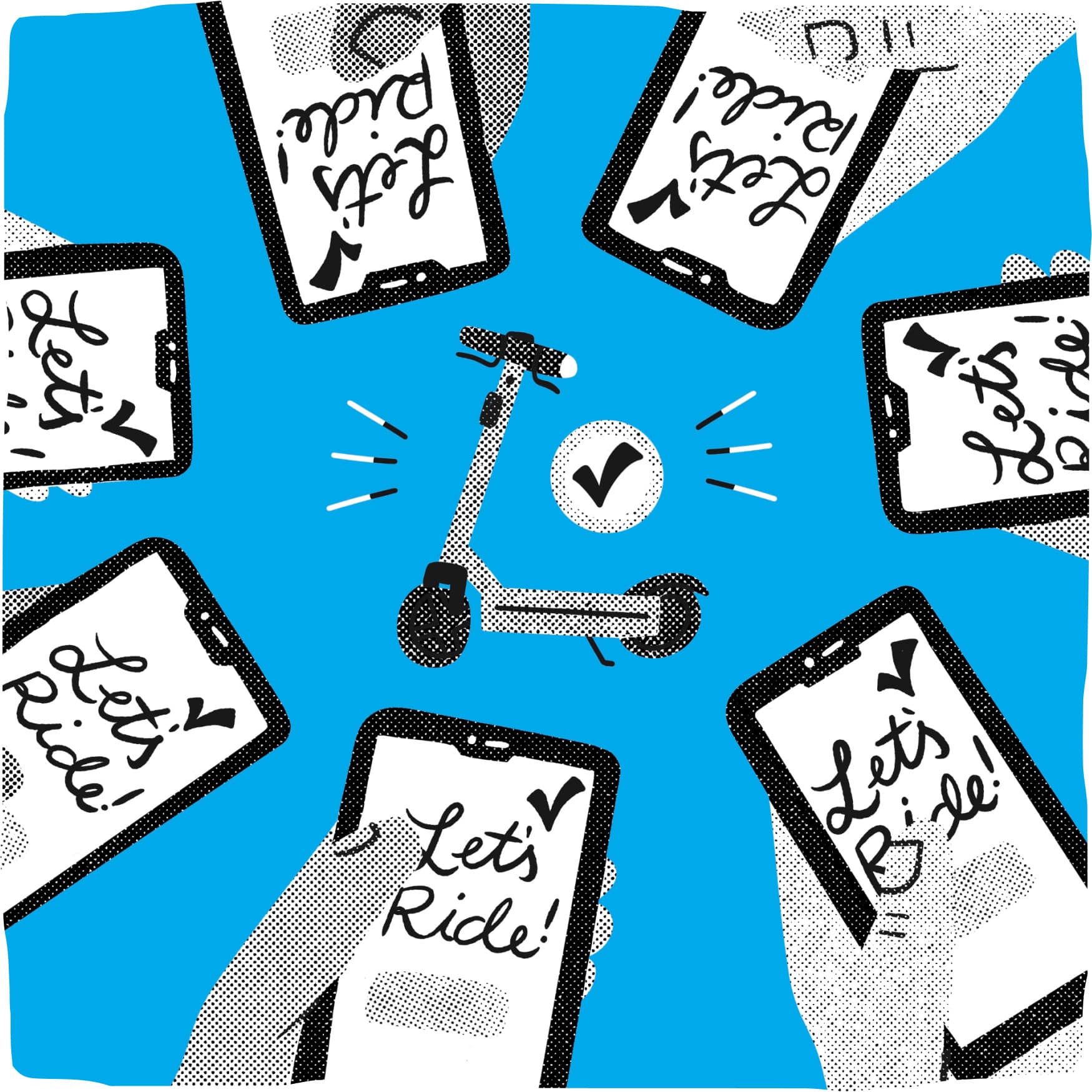
Myth 4:
“Accidents are increasing”
Reality:
Usage is growing 2.6 x faster than accidents,
meaning that shared e-scooters are becoming safer.
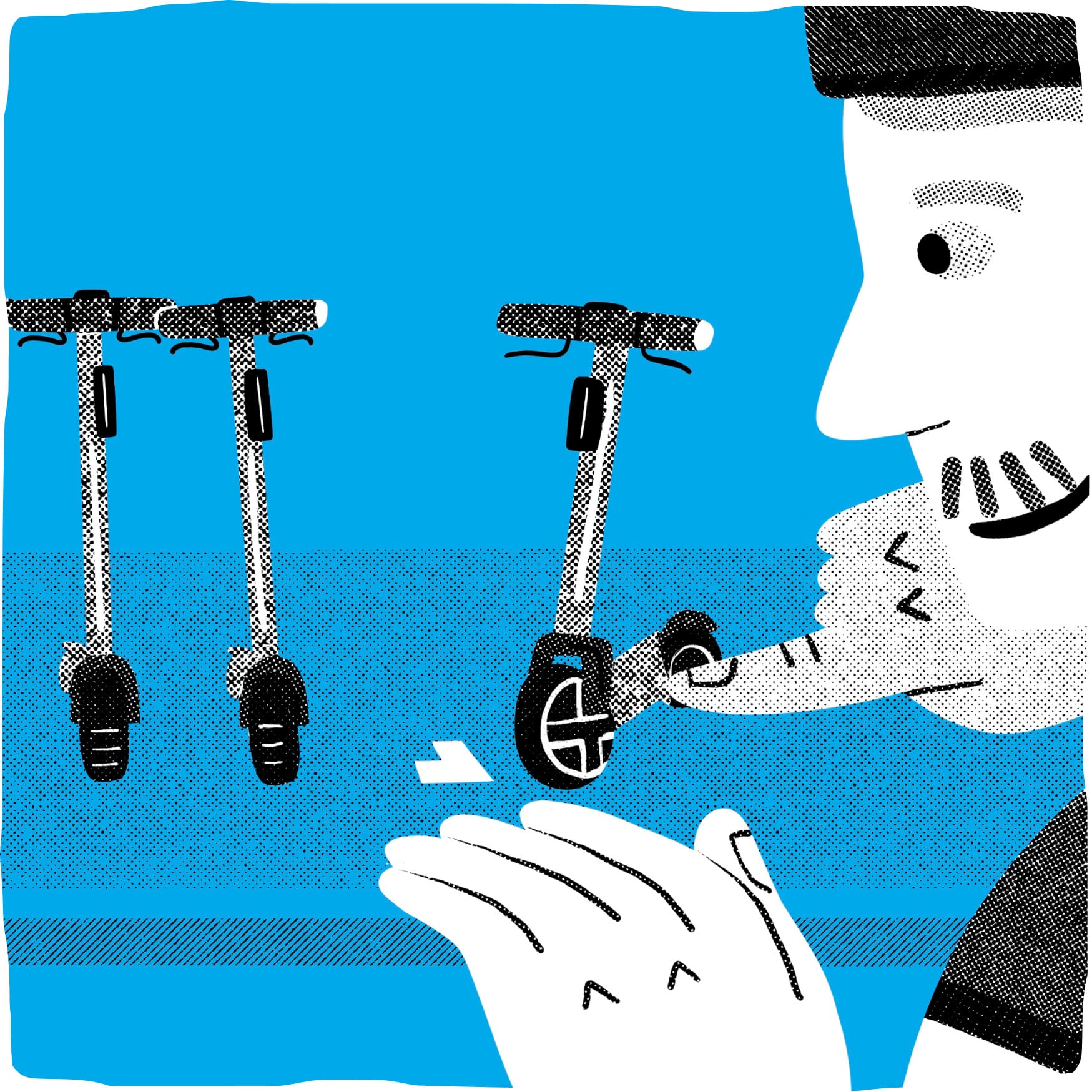
Myth 5:
“Shared e-scooters are a mess”
Reality:
In cities with allocated parking,
96% of e-scooters are correctly parked.
Parking technology is supported by patrollers who are on the streets to move incorrectly parked vehicles, and users who abandon scooters are fined.

Myth 6:
“Used mainly by high-earners or tourists”
Reality:
The service is widely used by young people
(71% are 18-35), with a high proportion being students (29%), 2 who are less likely to afford private vehicles and more expensive transport modes.
At least 85% of users are local residents. 3
The portion of tourists varies between just 10-20% depending on the month.

Myth 7:
“Scooters are not sustainable. The vehicles only last a few weeks.“
Reality:
Current fleets are expected to last at least five years
thanks to careful maintenance

Myth 8:
“Shared e-scooters are expensive”
Reality:
The average trip price (€2) is lower than a metro ticket, 5
with the added convenience of taking you exactly where you need to go. Monthly passes offer greater value for regular users, averaging around €1 per trip.
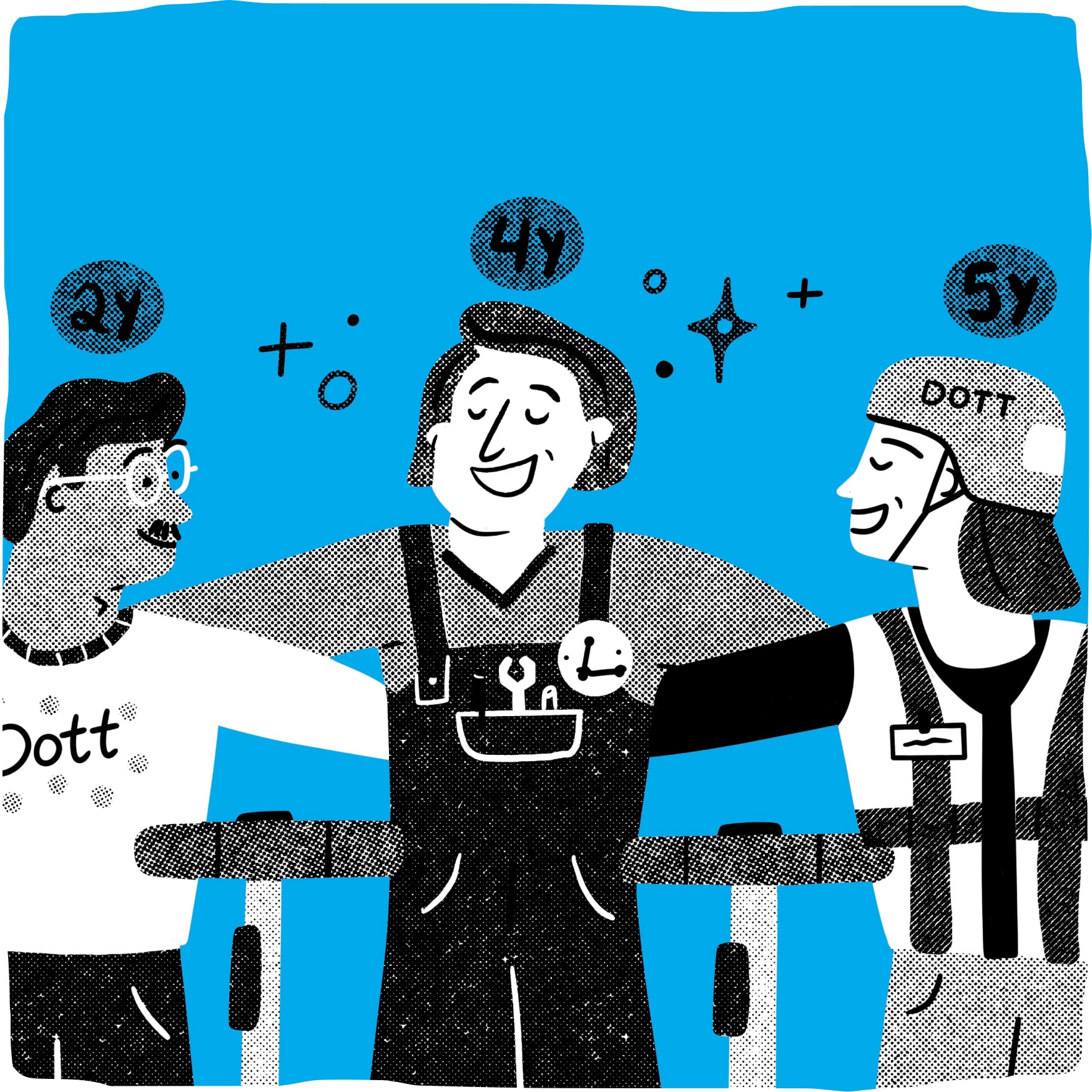
Myth 9:
“Operators rely on gig economy workers”
Reality:
Dott has rejected the gig economy since the beginning,
and its services are operated by in-house teams on full time contracts who are equipped and trained for specialist roles.

Myth 10:
“Shared and private e-scooters are the same”
Reality:
There is no obligation for private scooters to have the same controls as shared fleets:
Notes
1 Based on WeWard data from Paris
2 Based on research commissioned by Paris City Hall in Spring 2022
3 Based on Dott rider research
4 AXA study based on claims data between 2019 and 2022
5 Compared against Paris metro ticket cost of €2.10